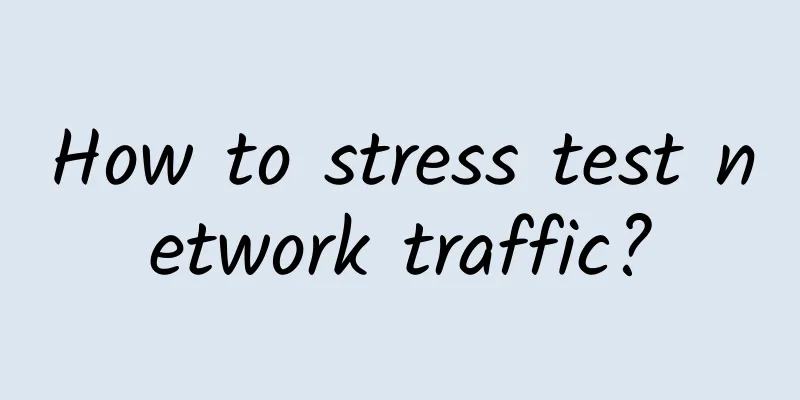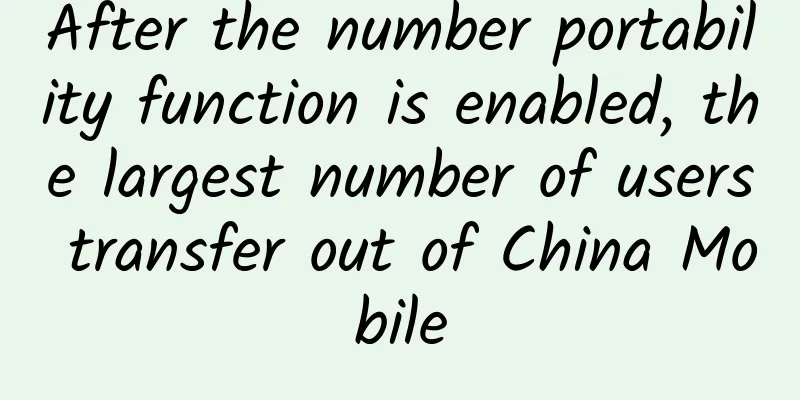TCP state transition and production problem practice

|
The previous article introduced the main processes of the TCP protocol, including establishing a connection, transmitting data, and disconnecting. If you read the attached figure carefully, you should be able to see that the state of the socket is constantly changing in each process, and different states indicate the stage of the socket. Figure 1 shows a complete state transition diagram of TCP, which includes all the states of the socket and the triggering conditions for state transitions. Some people may ask, what is the use of knowing these states? We don't use them in our daily programming. Figure 1 TCP state transition diagram To illustrate the above problem, we explain it from three perspectives: the meaning of various statuses, how to query the status at the system level, and its application in actual production. 1. Meaning of various statuses Before answering the question, let's first understand the meaning of each status in detail.
2. Status Monitoring Method As mentioned above, you can use the netstat command to view the status of TCP connections. Figure 2 is a simple example of executing the command without any parameters. Figure 2 netstat execution results As can be seen from the figure above, the status of each TCP connection and UDP and detailed IP address information can be seen through netstat. This command has many parameters, and different parameters can get what we want. Let's take a few specific examples. 1. Display all port information You can use the -a parameter to list all port information, and you can also use the -t parameter to list only TCP protocol ports, or the -u parameter to list only UDP protocol port information.
2. Display all listening sockets You can use the -l parameter to list all sockets in listening state. Of course, you can also use the -t or -u parameter to get the desired information. The following is to get a list of TCP sockets in listening state:
Figure 3 Monitoring status list 3. Check service status You can view the status of specific services such as listening and sockets. For example, the following command is used to view the status of the ssh service:
Figure 3 SSH status results 4. Others Of course, you can also use shell scripts to implement complex queries, such as the following one to count the number of ESTABLISHED states.
The netstat command is very powerful. Due to space constraints, this article can only provide some ideas for reference. For more functions, you can use man. I will not explain them in detail here. 3. The significance of actual production environment After a lot of talk, let's get back to the point. What is the use of understanding these states? We know that the Linux operating system has a limit on the total number of file handles, and sockets are also file handles, so they are also limited. Understanding the status of the socket will help us understand whether the server has hidden dangers or performance bottlenecks. Some students may still not understand this, so let's take a simple example. Assuming a server has a maximum of 60,000 handles, if a large number of TIME_WAITs appear on the server due to a certain business scenario, these sockets cannot be released immediately, that is, they cannot be reused immediately, but still occupy the quota of 60,000 handles. As time goes by, all handles may be exhausted, resulting in the problem that the server cannot respond to new connection requests. In order to help you better understand the significance of these states in actual production, we will give a few examples of problems encountered in actual production. 1. A large number of TIME_WAIT on the server (1) Description of the phenomenon A certain object storage service found a large number of TIME_WAIT in the monitoring system. It was confirmed that the server was a newly added server. After repeated confirmation, other servers in the same cluster with the same functions were working normally and there were no large number of TIME_WAIT. (2) Problem Analysis According to the protocol, we know that the active closing party will be in this state, and the TCP connection in the TIME_WAIT state will wait for 2*MSL. Therefore, we check the system configuration cat /proc/sys/net/ipv4/tcp_fin_timeout and find that it is the default value. Therefore, it is determined that the waiting time is too long, resulting in the socket being unable to be used. (3) Problem Solving Solve it by adjusting the kernel parameters, open the file /etc/sysctl.conf, edit the file, and add the following content:
Then execute /sbin/sysctl -p to make the parameters take effect. The meanings of the above contents are as follows:
2. A large number of ESTABLISHED on the server side (1) Problem description A large number of ESTABLISHED connections appear on a Tomcat server. (2) Problem Analysis Based on the protocol state transition, the initial inference is that there is a problem when the Tomcat server recycles the session, which is generally related to the server's Timeout setting. View the tomcat configuration file server.xml
Let's focus on connectionTimeout. This configuration causes a socket connection to be established. If no FIN is received from the client and no data is received, the connection must wait for 10 seconds before it is released. Due to the large number of concurrent connections on the server and the long timeout period, the connection release is seriously delayed, resulting in a large number of ESTABLISHED connections. (3) Problem Solving After analyzing the above issues, we made the following targeted modifications.
The problem was solved after modification. There are many actual examples, but the essence remains the same. We need to be familiar with the TCP protocol and state transitions, so that when problems are encountered in actual production, we can analyze them rationally and easily solve them. |
<<: What will 5G rely on to disrupt data centers?
>>: 5G cannot be rushed into implementation. Three new 4G/5G vulnerabilities have been exposed
Recommend
How to ensure the security of 5G wireless networks
5G creates opportunities for both users and cyber...
What is the handshake process like when connecting to a host whose IP does not exist?
[[410045]] This article is reprinted from the WeC...
Seven technology trends for 2018 that IT pros need to know
As 2017 draws to a close, IT industry leaders are...
Network security attack and defense: wireless network security WEP
[[392852]] The WEP (Wired Equivalent Privacy) pro...
Don’t worry, tomorrow’s 5G may be “today’s high-speed rail”
30 seconds quick read 1. On the first anniversary...
5G accelerates commercialization, mobile edge computing test to be completed within the year
It was learned from the "2017 MEC Technology...
Network Address Translation Protocol (NAT) and Its Application Examples
1. The meaning of NAT When some hosts within a pr...
How SD-WAN is reconfiguring enterprise services
As software-defined wide area networks (SD-WAN) h...
5G and edge computing: a powerful combination
The benefits of 5G and edge computing in the ente...
10gbiz: $3.58/month KVM-1GB/30GB/15M unlimited/Los Angeles data center
10gbiz is a newly opened foreign hosting service ...
[6.18] V5.NET 20% off monthly payment for all independent servers, 30% off for specific models in Tsuen Wan, Hong Kong
V5.NET has launched this year's 618 promotion...
Analysis of domestic 5G development in 2021
The development of 5G has now become another hot ...
Following FPA and Karaoke Room, Agora released a series of new products including CDN live streaming to expand the boundaries of RTE products
On October 22, the RTE2021 Real-time Internet Con...









